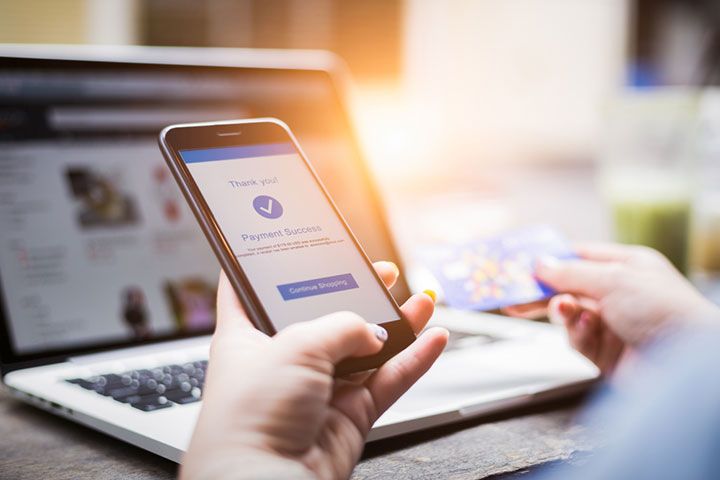Innovation and technology usually go hand in hand. Therefore, for innovation to be fully realized, the technology that enables the innovation must be adopted as well. During the last 5 years, we have had innovations from Google, Apple, Facebook and Amazon, that include Mobile Banking, Payment Gateways, Mobile Wallets and Real-Time Payments Applications, and yet, none of these innovations were broadly adopted.It was not until the earlier part of 2016, when the environment started to shift. The effect of government policies for financial inclusion, developments in PSD (Payment Service Directives), demonetization, and collaboration with FinTech enablers for developing Real time platforms started showing in Southern Asia Pacific, prominently in the Indian market.
The growth of platforms like UPI (Unified Payment Interface), mobile wallets and mobile payment services atop UPI became a success story and a great case study for many mobile payment and digital payments industries worldwide. The Indian population accepted these payment channels and methods breaking thru the anxiety around mobile payment solutions. Google Tez (now known as Google Pay) acquired the biggest market share in this shift from traditional and card-based transactions to non-card-based transactions.
While millennials are driving and embracing payments innovation, older generations are also shifting their perspective. The unbanked population is also going digital and mobile to gain access basic financial services. In an interview with a mobile commerce publication, Laurence Cook, the CEO of nanoPay ( a Canada-based digital and mobile payments platform) states the types of fear that revolve around the mobile payments the fear of fraud, privacy loss, identity theft and wrong processing. To combat some of these fears, UPI implemented the use of VPA (Virtual Payment Address) which allows consumers to identify themselves with the payee (institution or person receiving payment), without providing card or account details, thus lowering fraud risk. Additionally, the following technologies were also deployed – tokenization for secure tokenized transactions, two factor authentication process and acceptance of mobile payments from merchants and retailers. The anxiety of mobile payments has dramatically lessened with the implementation of these security measures.
The final step to unlock the customer anxiety was when the merchants accepted mobile payments as a valid payment method at their storefronts.
It is now common to step out of an uber without interacting with the driver, as the taxi fare has been processed from the backend with your linked wallets. Merchants are now implementing cashbacks and discounts programs for mobile payments, which has helped increase the use of digital payments over cash-based payments. There are some creative approaches to drive digital payments; payment apps created games like collecting and sharing stickers, and upon payment milestones, utilities and bill payments are rewarding the milestones. This created an environment of social cohesion, which further helped the consumers adopt to the mobile payments.
To summarize, mobile payment services are growing exponentially in South East Asia, but it is still in its infancy. We expect the rest of the world will shortly follow suit, especially when they consider and adopt all the research being conducted in this domain. One example of a recent research paper on user challenges and successes with Mobile Payment Services, who stated the following “The potential to enhance users experience with faster and more useful transactions is possible with improved user experience ‘designing around users’ routines and behaviours, trust mechanism development, and supporting gamification and social cohesion.”
To know more: www.mindgate.us

